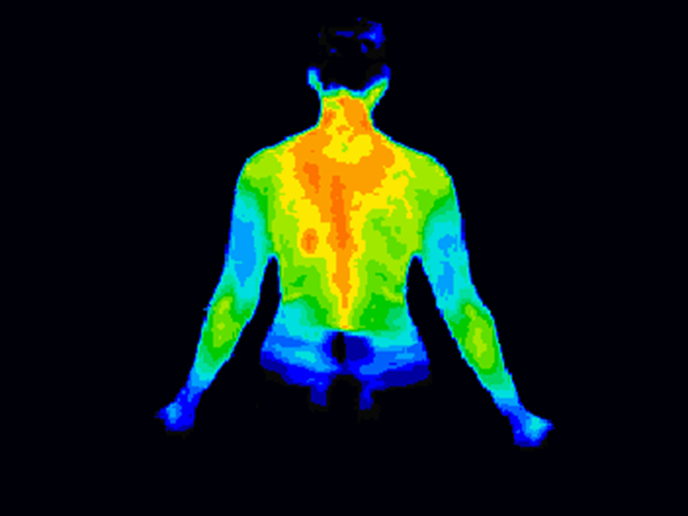The genotype-phenotype connection
The field of evolutionary quantitative genetics strives to predict the evolutionary properties of a population or species without detailing the complexity of the genotype-phenotype relationship. The models frequently used only summarise simple parameters of the genetic architecture. The project, 'Modelling the evolutionary properties of complex genetic architectures' (EVOLGA), challenged the capacity of these models to describe and predict the evolutionary potential of populations and species. The team did so by contrasting the models' predictions with empirical data and/or more realistic models. Project members intended to understand the impact of genetic interactions (epistasis) and multiple characters on the evolutionary properties of quantitative traits. To meet their objectives, the researchers constructed and explored theoretical models. They demonstrated how genetic interactions allowed complex and deep changes in genetic architectures and described their possible role in evolution. Experimental data demonstrated how the lack of independence between characters could slow down, or even prevent, their respective evolution. In addition, the project offered interesting insights on the impact of "selfish" DNA sequences, which can persist in genomes without being useful for the host species. These results highlighted the complexity of some evolutionary processes and will contribute to our understanding of the adaptability of a species. Moving forward, the team plans to build new theoretical models to address these issues. They also intend to use statistical tools developed during the project to analyse published genome sequences and design new experiments.







